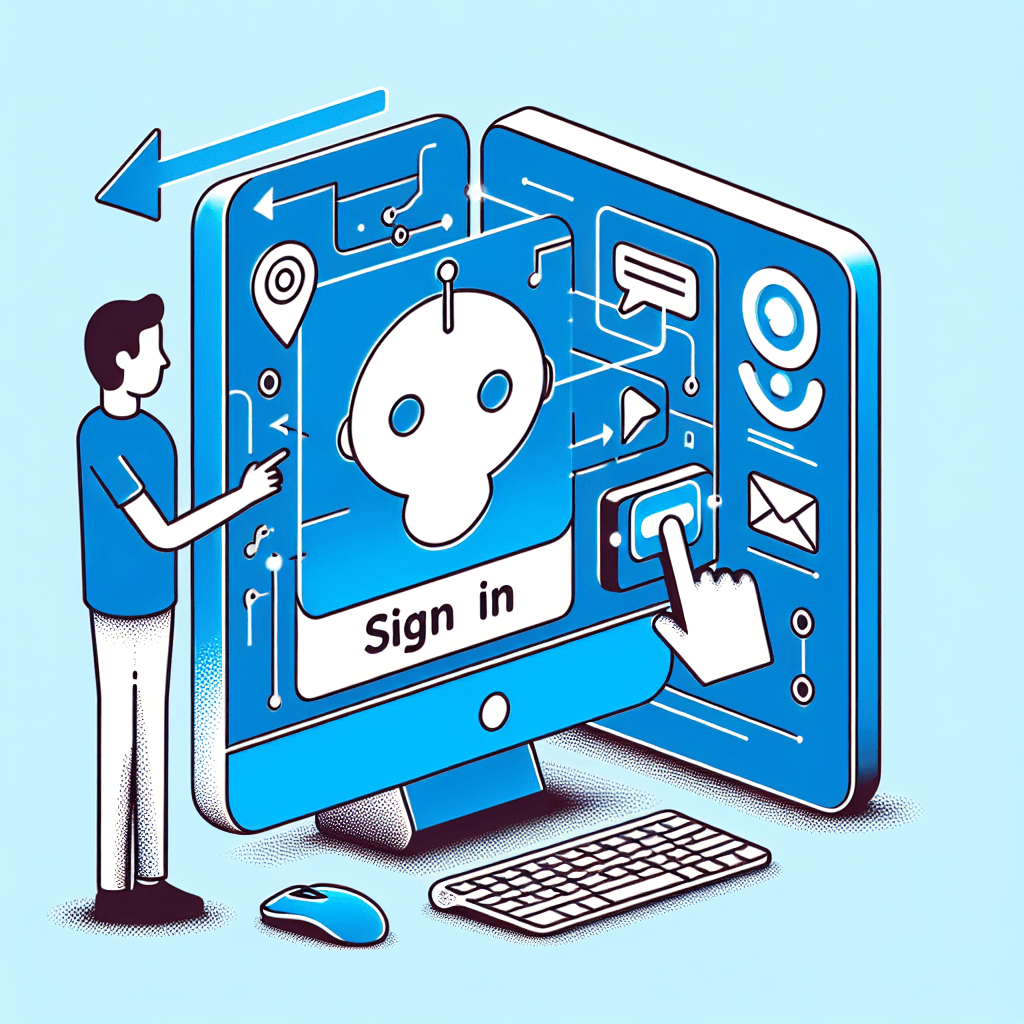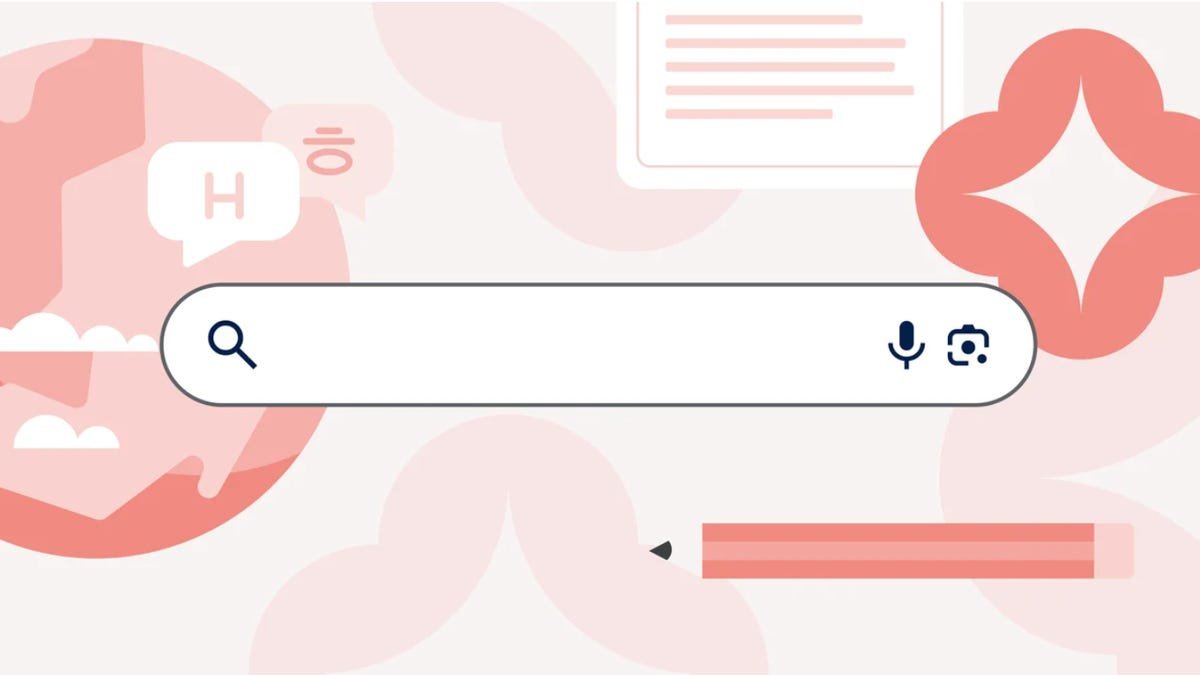Unleashing the Power of AI Agents: A Comprehensive Guide
The world of technology is evolving at an unprecedented pace, and one of its most exciting frontiers is the rise of AI agents. From virtual assistants that help us manage our daily tasks to complex systems that drive automation in industries, AI agents are becoming integral to our lives and work. This article explores the fascinating world of AI agents, providing a thorough understanding of what they are, how they operate, and the skills needed to thrive in this rapidly growing field.
What Are AI Agents?
AI agents are computer programs designed to perform tasks autonomously, often mimicking human-like decision-making processes. They can interact with their environment, learn from experiences, and adapt to new information. This capability allows them to assist in various applications, from simple tasks like setting reminders to complex operations that involve data analysis and strategic decision-making.
Practical Example
Consider a virtual assistant like Siri. When you ask it to set an alarm or play a song, it processes your request, interacts with various systems, and delivers the desired outcome—all without requiring your constant input. This interaction exemplifies how AI agents operate in our daily lives.
FAQ
Q: What distinguishes an AI agent from regular software?
A: Unlike standard software that follows pre-defined rules, AI agents can learn and adapt based on user interactions and environmental changes.
The Importance of AI Agents in Today’s World
As industries increasingly adopt AI technologies, the demand for skilled professionals who can design, manage, and optimize these agents has soared. From healthcare to finance, AI agents are reshaping various sectors by enhancing efficiency, improving decision-making, and reducing operational costs.
The Surge in Demand for AI Skills
The integration of AI in business processes is not just a trend; it’s a necessity. Companies are looking for ways to stay competitive, and AI agents offer a solution by automating repetitive tasks and providing insights through data analysis. As a result, professionals equipped with AI skills are becoming highly sought after in the job market.
Practical Example
In healthcare, AI agents are used to analyze patient data, predict outcomes, and assist in diagnosis. This not only speeds up the process but also improves accuracy, showcasing the vital role AI agents play in enhancing service delivery.
FAQ
Q: Which industries are most likely to benefit from AI agents?
A: Industries such as healthcare, finance, retail, and manufacturing are among the primary sectors leveraging AI agents for efficiency and innovation.
Understanding the Agentic AI Workflow
To effectively design and manage AI agents, one must understand the agentic AI workflow. This involves a series of steps that outline how AI agents interact with their environment, learn from data, and make decisions.
Key Components of the Workflow
- Perception: AI agents gather data from their surroundings using sensors or input methods.
- Reasoning: They analyze the data and make informed decisions based on predefined algorithms or machine learning models.
- Action: Once a decision is made, the agent takes action, which could involve communicating with users or executing tasks within a system.
- Learning: Through experiences and feedback, AI agents refine their algorithms to improve future performance.
Practical Example
A smart home device, such as a thermostat, perceives the current temperature, reasons whether to adjust the heating or cooling based on user preferences, acts by changing the temperature, and learns from user interactions to optimize future settings.
FAQ
Q: How do AI agents learn from their environment?
A: AI agents utilize machine learning techniques to analyze data over time, allowing them to improve their decision-making processes based on past experiences.
Building AI Agents from Scratch
Creating AI agents involves a step-by-step approach that requires both technical knowledge and creativity. Whether you’re interested in developing voice agents or more complex systems, understanding the foundational principles is crucial.
Step-by-Step Guide to Building AI Agents
- Define the Purpose: Start by identifying the problem your AI agent aims to solve.
- Choose the Right Tools: Utilize powerful frameworks and tools such as LangChain, Hugging Face, or Mani’s AI to aid in development.
- Design the Workflow: Create a blueprint outlining how the agent will perceive, reason, act, and learn.
- Develop the Agent: Write the code, integrating algorithms and data sources that will enable your agent to perform its tasks.
- Test and Iterate: Rigorously test the agent in various scenarios to ensure it operates effectively and reliably.
Practical Example
If you’re building a customer service chatbot, you would start by defining its purpose (answering customer inquiries), choose a platform like Hugging Face to develop natural language processing capabilities, design the interaction workflow, code the bot, and finally test it with real users to gather feedback.
FAQ
Q: What programming languages are commonly used to create AI agents?
A: Python is the most popular language for developing AI agents due to its extensive libraries and frameworks designed for machine learning and artificial intelligence.
Tools and Technologies for AI Agents
To build effective AI agents, familiarity with various tools and technologies is essential. Here, we explore some of the most widely used platforms and frameworks that can streamline the development process.
Popular Tools
- LangChain: A framework that simplifies the development of language models, particularly useful for creating conversational agents.
- Hugging Face: A platform providing pre-trained models and tools for natural language processing, making it easier to implement sophisticated AI features.
- Mani’s AI: A versatile tool that aids in building AI applications across different domains, from chatbots to data analysis systems.
Practical Example
Using Hugging Face, a developer can quickly implement a chatbot that understands and responds to user queries by leveraging pre-trained models, significantly reducing development time.
FAQ
Q: How do I choose the right tool for my AI project?
A: Consider your project requirements, the complexity of the tasks, and the level of customization needed when selecting a tool.
Hands-On Experience with Cutting-Edge Technologies
In addition to theoretical knowledge, gaining hands-on experience with advanced technologies is vital for anyone looking to excel in the field of AI agents. This section covers some of the latest innovations that are reshaping the landscape.
AI Video Generation
AI video generation is an emerging technology that allows users to create videos using AI algorithms. This can be particularly useful for marketing, training, and entertainment.
Agentic RAG Systems
Retrieval-Augmented Generation (RAG) systems combine traditional retrieval-based methods with generative capabilities, allowing for more flexible and context-aware responses. These systems are ideal for applications that require dynamic and informative interactions.
Practical Example
A marketing team might use AI video generation to produce engaging promotional content quickly, while a knowledge management system could use a RAG approach to provide users with relevant information based on their queries.
FAQ
Q: What skills do I need to work with cutting-edge AI technologies?
A: A solid understanding of programming, machine learning concepts, and familiarity with tools like TensorFlow or PyTorch will be beneficial.
Conclusion: Embracing the Future of AI Agents
The future of work and technology is undeniably intertwined with the capabilities of AI agents. As these systems become more prevalent across various sectors, the demand for skilled professionals in this field will continue to grow. By understanding the fundamentals, mastering the necessary tools, and gaining hands-on experience, you can position yourself to thrive in this exciting landscape.
As you embark on your journey to learn about AI agents, remember that the key to success lies in continuous learning and adaptation. The world of AI is ever-evolving, and staying updated with the latest trends and technologies will ensure you remain at the forefront of this transformative field.
Whether you’re a seasoned professional or a newcomer, the skills you acquire in designing, managing, and optimizing AI agents will not only enhance your career prospects but also contribute to shaping the future of technology.







